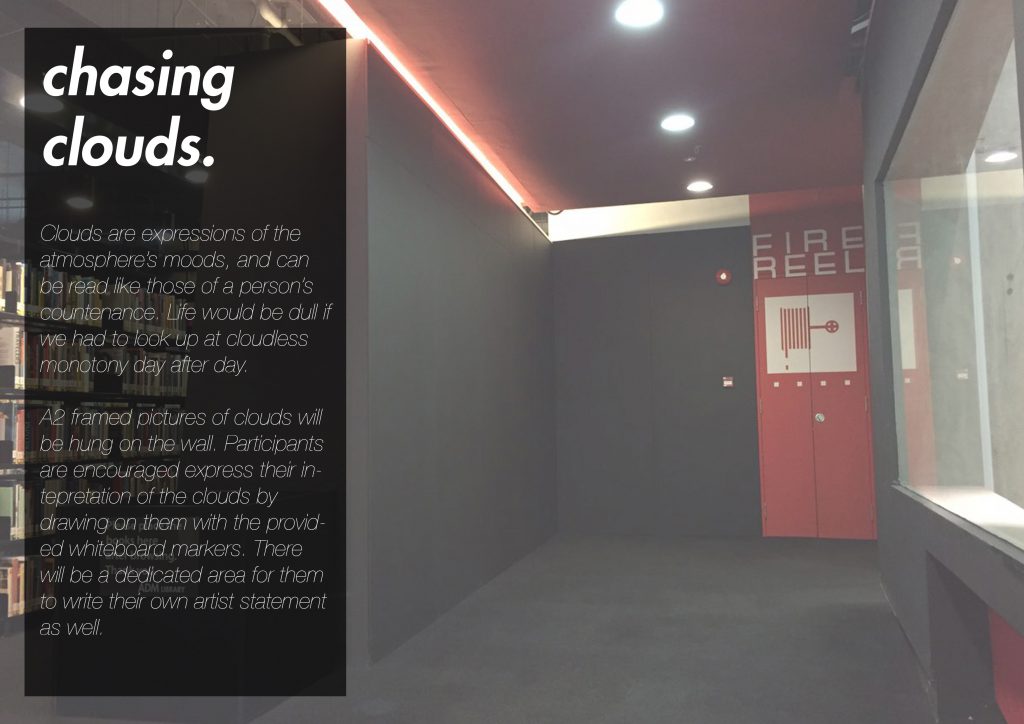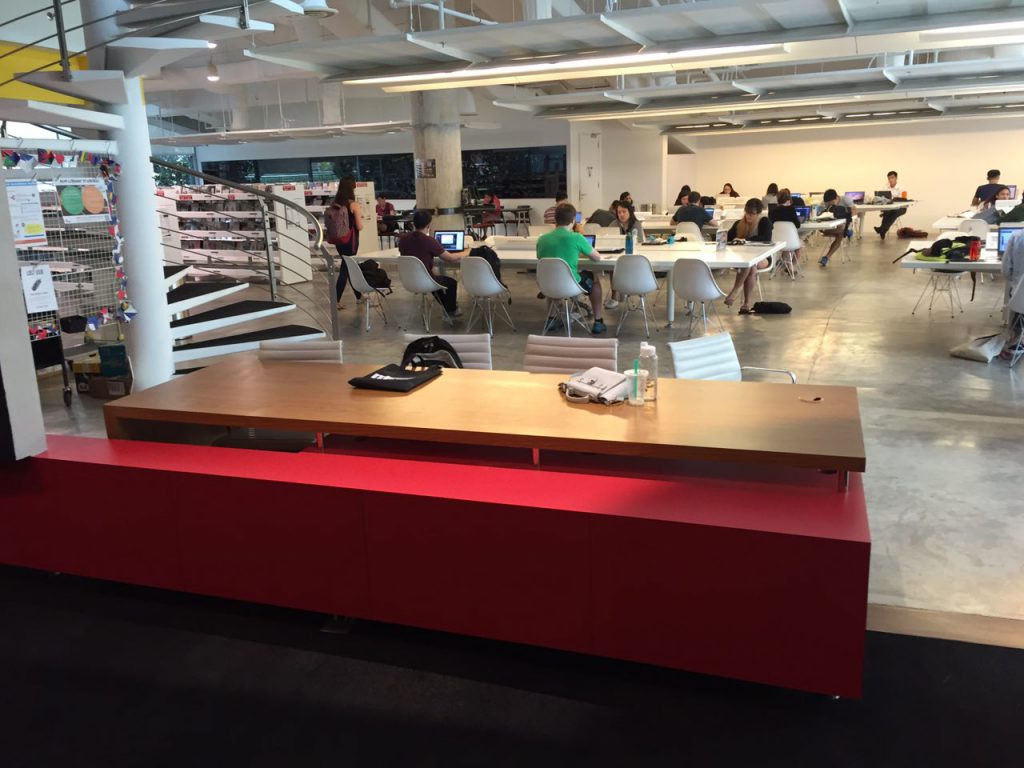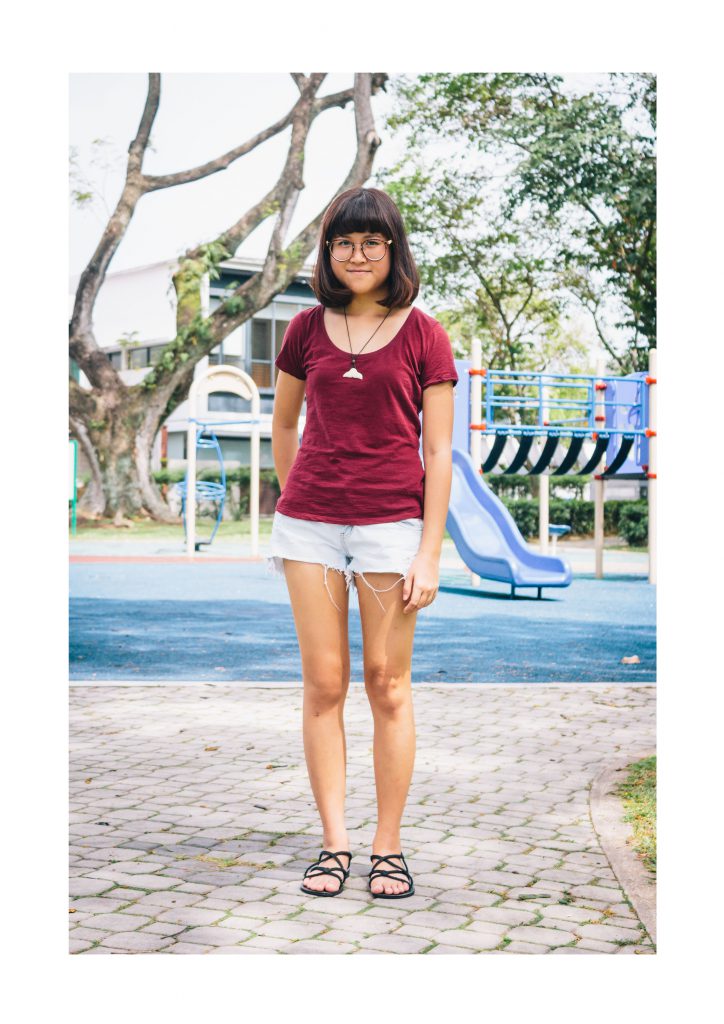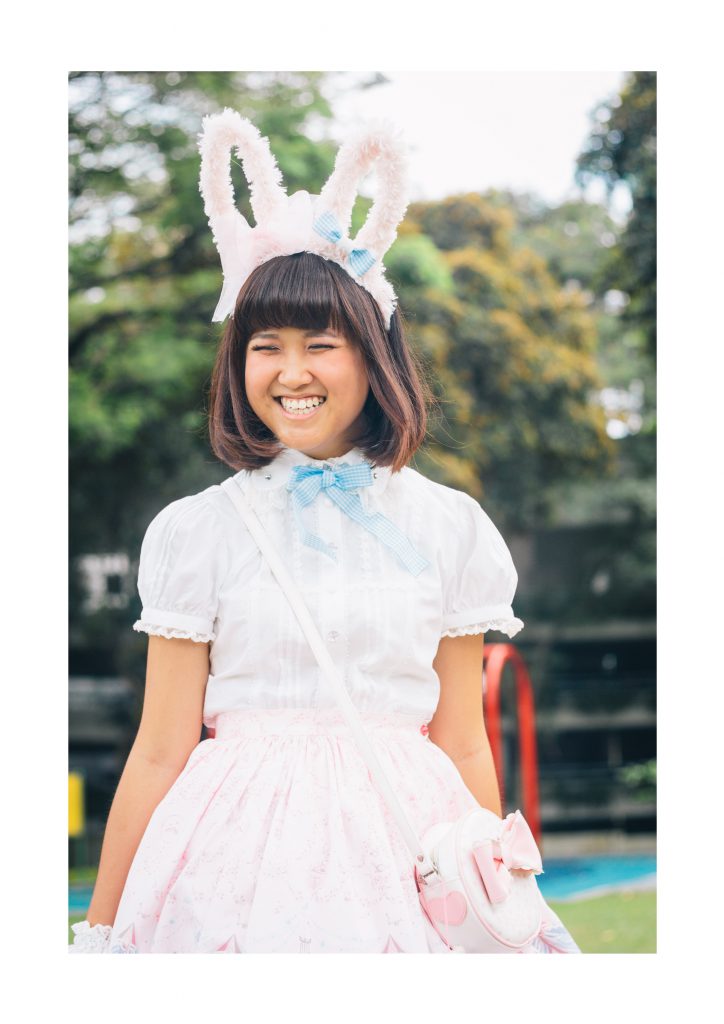From:
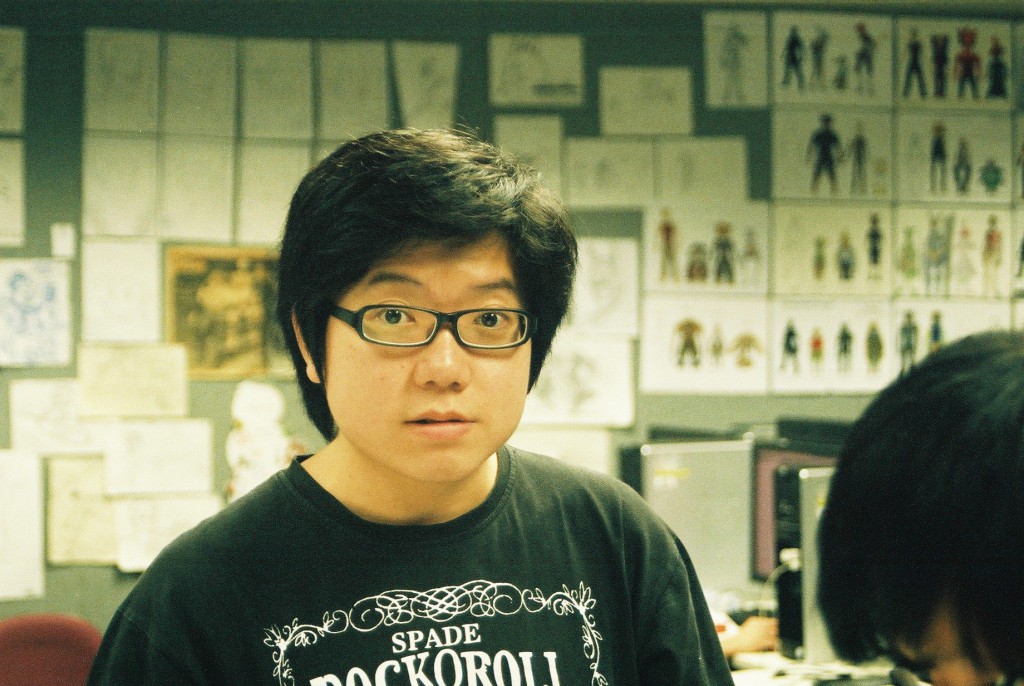
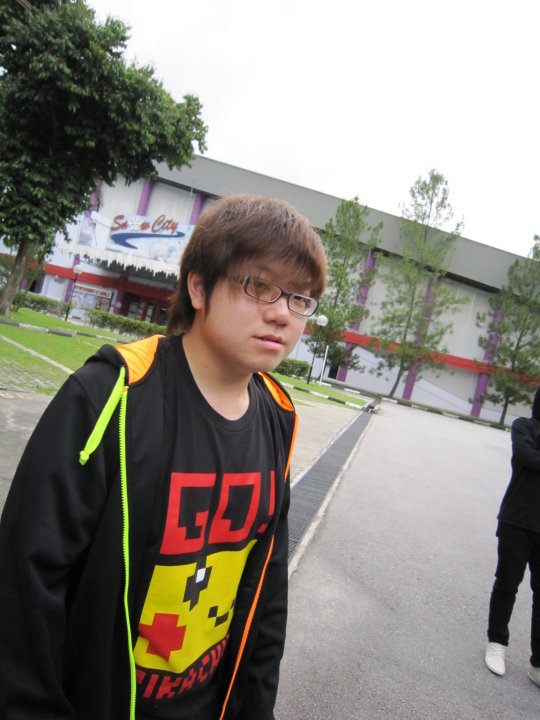
To:
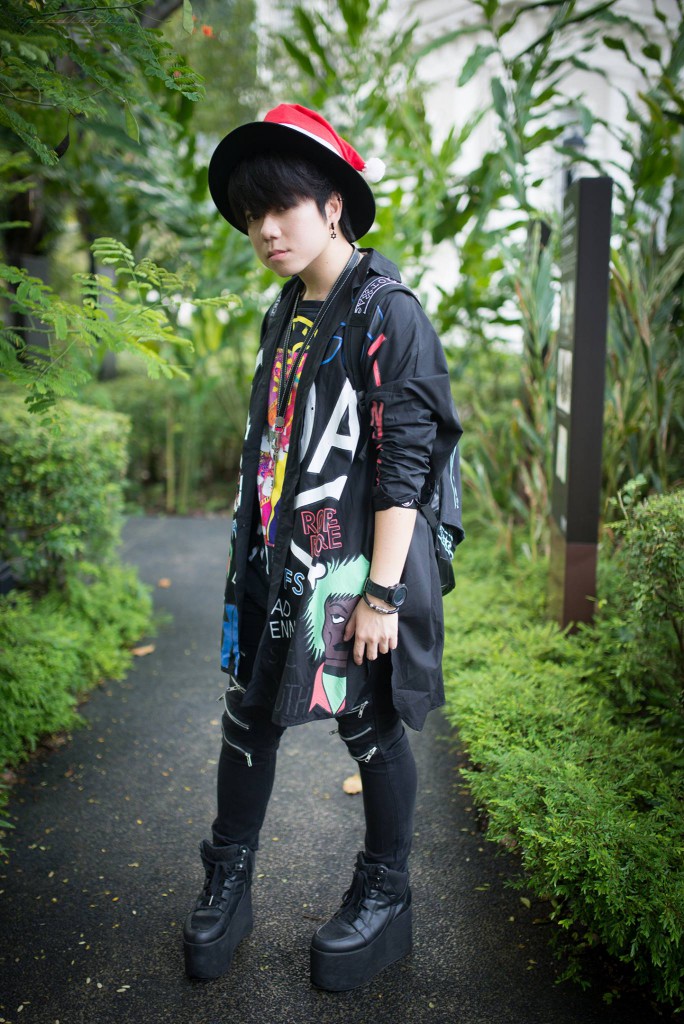
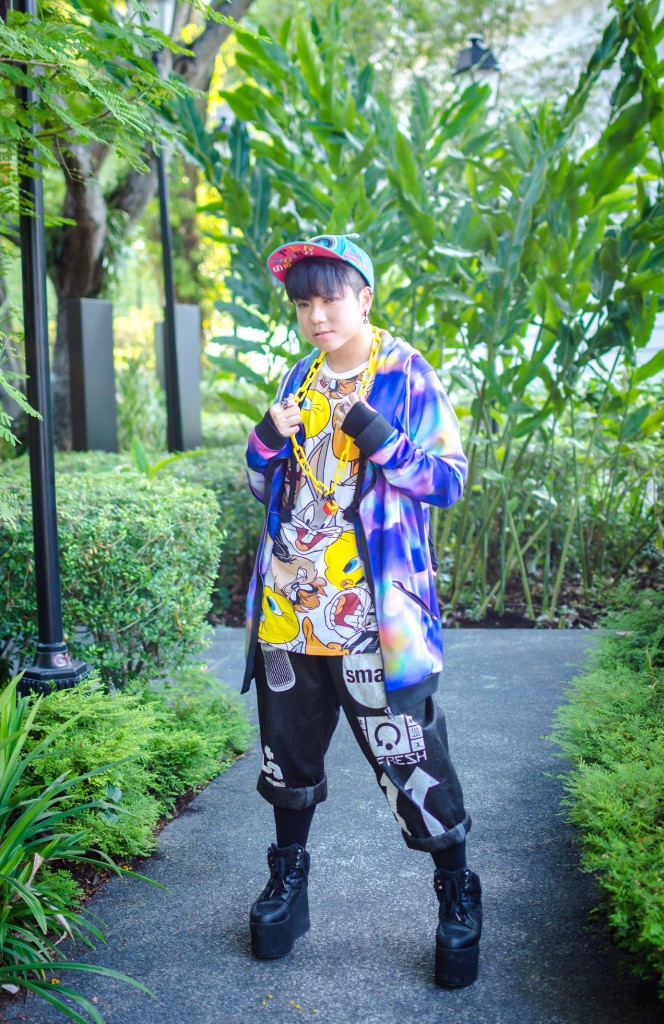
Benjamin Ho is a friend that I’ve made during my years as a polytechnic student. Initially, I did not see him as a particularly fashionable person, but over a few years, I’ve seen his fashion style evolve from something average and without thought to something much more elaborate and aesthetically pleasing. His drastic change in fashion sense intrigued me, which resulted in the following exchange:
Q: How has your fashion sense changed over the years?
A: I started off trying to fit into trends and just trying out whatever that was popular at the time. I progressed from clothes from shops that are easily available with many franchises to exploring Japanese fashion blogs and magazines as Japan was assumed to be the “leader” in the fashion world. Soon after, I found myself exploring more into indie fashion scene; finding individual fashion design labels to coordinate a style to represent my identity, as these individual design labels have really unique pieces not found in major brand outlets. The main point of these clothes from said labels is that it creates a very different silhouette when worn as compared to basic tees and pants.
Q: How did you come across the Harajuku Fashion Walk SG?
A: I came across the HARAJUKU FASHION WALK SG when I made some friends in the cosplay scene. Then it was purely coincidental as I saw some of my cosplay friends on Facebook attending the event on the group’s Facebook event page. And that’s how I knew about and joined the HARAJUKU FASHION WALK SG.
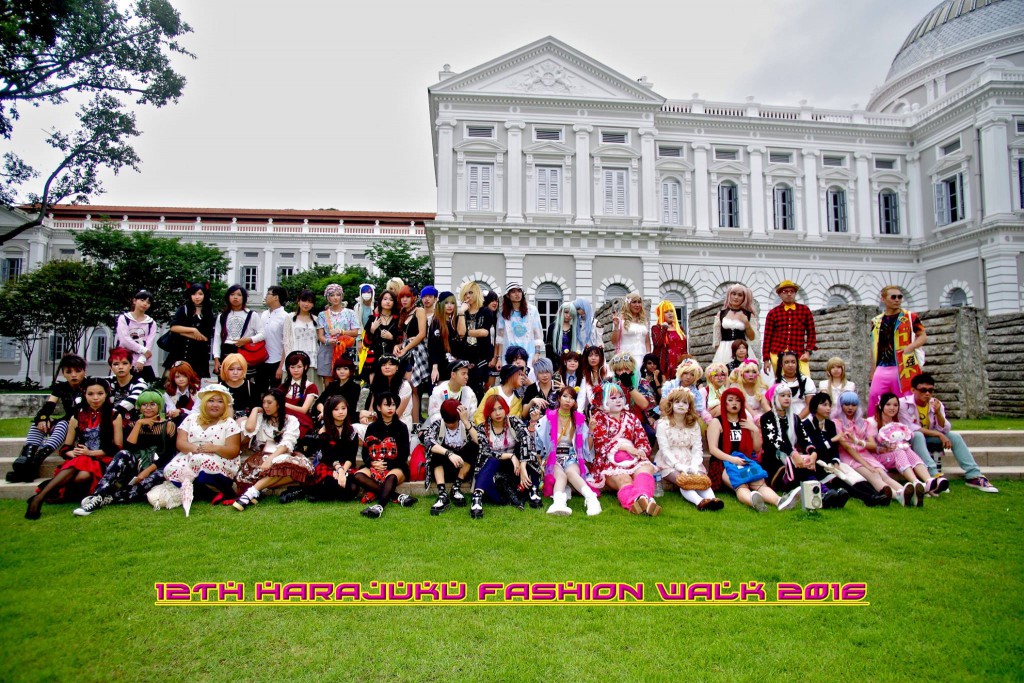
Q: What do you like about the Harajuku Fashion Walk?
A: I like the vibes and the inspiration that emanates from the event. Saying “vibes” might feel a little corny, but it’s somewhat true. The atmosphere of the whole event where like minded people come together, exchanging styling and makeup tips and also indie bands that we never knew about, is really fun. Also, getting inspiration by “adapting” a style that someone is wearing in the walk, which may pique out interest and kickstart a particular fashion style.

Q: How do you decide what to wear?
A: I decide on what to wear based on my mood or by what is available in my wardrobe on the day itself. Instead of thinking of a specific outfit, it’s more of a lifestyle that has ingrained in me over time. Nowadays, wearing differently is not for a specific purpose, but rather on instinct and mood.
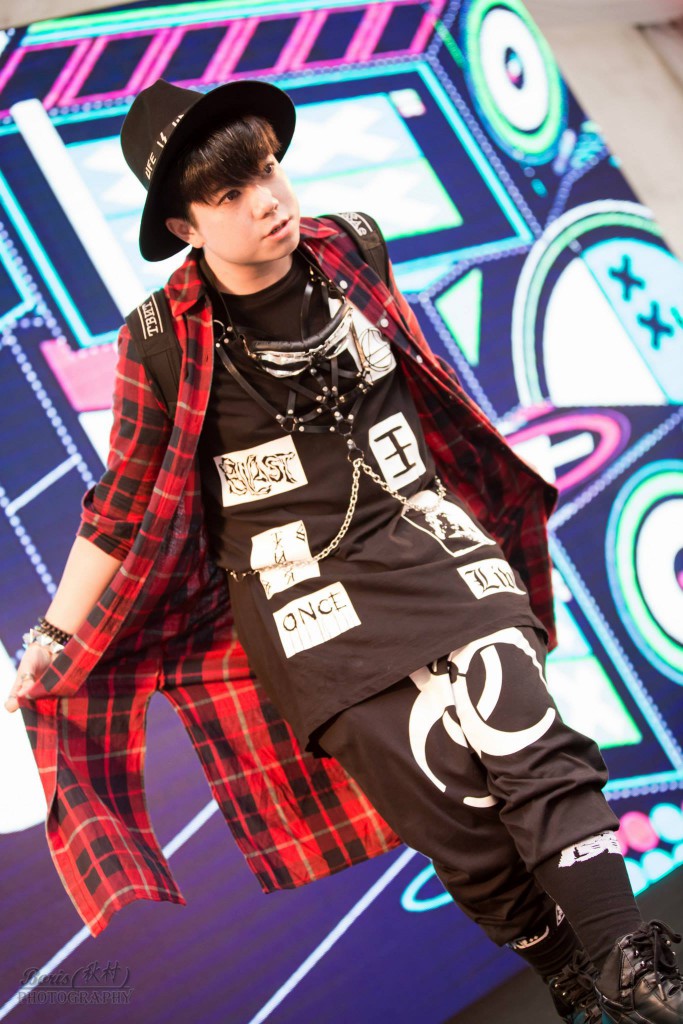
Q: In what ways do you think the average Singapore could diversify their wardrobe?
A: For a start. Maybe have more variety of outer wears and don’t be afraid of a little heat. I mean most fashionable pieces are usually coordinated by layering pieces. Also, accessories despite looking small actually plays a really big part in the whole coordination of the outfit as it really shows out the taste and effort of the individual.
Q: Where do you see yourself and the Harajuku Fashion Walk in the future? (5-10 years down the road?)
A: Harajuku fashion walk would probably still be around but it definitely wont be the same as fashion trends changes constantly every half a year. In 5 years time, half the crowd would probably look really different while the other half will still stick to their traditional “subculture” costumes.

